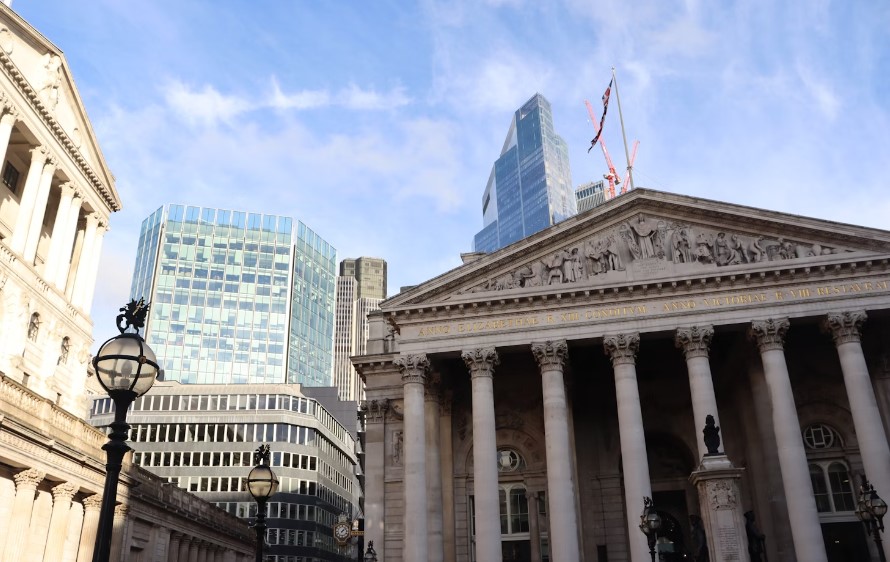U.K. inflation data for February revealed a lower-than-anticipated figure, standing at 3.4% year-on-year, as per official statistics released on Wednesday. This marks a decline from January’s 4%, followed by being the lowest level since September 2021.
Monthly, the headline consumer price index experienced a 0.6% increase, bouncing back into positive territory following January’s -0.6% reading.
According to LSEG data, economists surveyed by Reuters had predicted a February annual rate of 3.5% and a monthly rate of 0.7%.
The Office for National Statistics highlighted that the main contributors to the downward trend were food, restaurants, and cafes, while housing and fuel exerted the most significant upward pressure.
According to the ONS, prices for food and non-alcoholic beverages witnessed a year-on-year increase of 5% in February, a decline from January’s 7% and the lowest annual rate recorded since January 2022.

“The rate has steadily declined for the eleventh consecutive month from a recent peak of 19.2% in March 2023, marking the highest annual rate observed in over 45 years,” the ONS noted.
The core CPI figure, a closely monitored metric that excludes volatile food, energy, alcohol, and tobacco prices, stood at an annual rate of 4.5%, falling below the consensus estimate of 4.6% and down from January’s 5.1%.
“We are witnessing a turning point in inflation, paving the way for a focus on enhancing growth, which is ultimately our collective objective,” stated Gareth Davies, exchequer secretary to the U.K. Treasury, in an interview with CNBC on Wednesday.
Despite forecasts suggesting a return of CPI to target levels in the upcoming months, Davies emphasized that the government remains vigilant. “We are far from complacent,” he asserted.
“We must collaborate with the Bank of England, which holds the primary lever to manage inflation through interest rates. Our fiscal policy must align with this monetary strategy to steer inflation toward the 2% target,” Davies added.
The Bank of England anticipates headline inflation to temporarily retreat to its 2% target in the second quarter before resuming an upward trajectory later in the year. This projection follows aggressive interest rate hikes over the past two years aimed at reining in prices.
The upcoming central bank meeting on Thursday is poised to determine the next steps in monetary policy, with widespread expectations for interest rates to remain unchanged at 5.25% as the bank deliberates on the timing of potential cuts.

Zara Nokes, global market analyst at JPMorgan Asset Management, remarked in an email on Wednesday, “Following a challenging couple of years for U.K. households, today’s inflation figures further bolster the improving outlook for consumers.”
While acknowledging that the central bank would likely welcome the favorable headline figure, Nokes expressed skepticism that “the battle against inflation is won.”
She anticipates more positive developments ahead, projecting that headline inflation is poised to dip below the 2% target in the spring. However, Nokes emphasized that this decline is predominantly driven by temporary decreases in energy prices.
“The Bank will instead maintain a vigilant stance on the medium-term inflation outlook, focusing particularly on domestically-generated inflation stemming from the services sector.”